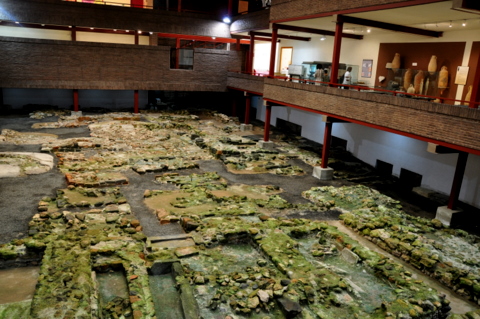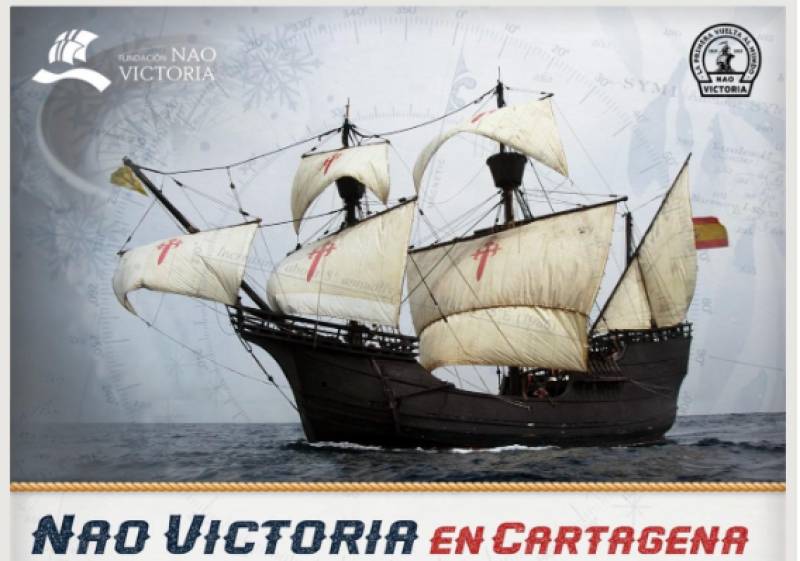- Region
- Vega baja
- Marina Alta
- Marina Baixa
- Alicante
- Baix Vinalopo
- Alto & Mitja Vinalopo
-
ALL TOWNS
- ALICANTE TOWNS
- Albatera
- Alfaz Del Pi
- Alicante City
- Alcoy
- Almoradi
- Benitatxell
- Bigastro
- Benferri
- Benidorm
- Calosa de Segura
- Calpe
- Catral
- Costa Blanca
- Cox
- Daya Vieja
- Denia
- Elche
- Elda
- Granja de Rocamora
- Guardamar del Segura
- Jacarilla
- Los Montesinos
- Orihuela
- Pedreguer
- Pilar de Horadada
- Playa Flamenca
- Quesada
- Rafal
- Redovan
- Rojales
- San Isidro
- Torrevieja
- Comunidad Valenciana
Cartagena Burial Necropolis 3rd-7th century
Cartagena, Necropolis in the Museo Arqueologico

It is located on the banks of what was formerly a lagoon, on the northern boundary of Cartagena.
The site dates from the third to the seventh centuries AD, with the majority of burials dating from the fourth and fifth centuries. At this point in Cartagenas history, the glories of the roman city had waned and the area was occupied by Christians, people who had probably come from the African coast, specifically Tipasa in Northern Africa, pressured by the Vandals who occupied that region of Africa.
The tombs range from flat barrows covered in mortar, to amphorae containing the remains of infants, and even family mausoleums, many being rectangular in shape with a small table in the centre, which was characteristic of the beginnings of christianity, equating to the pagan funeral banquet custom, a practice which was banned in 572ad.
There is a virtual representation in the museum which enables visitors to visualise how the necropolis would have appeared during its time of use, with a short virtual guide in english.
Click Archaeological Museum Cartagena







































